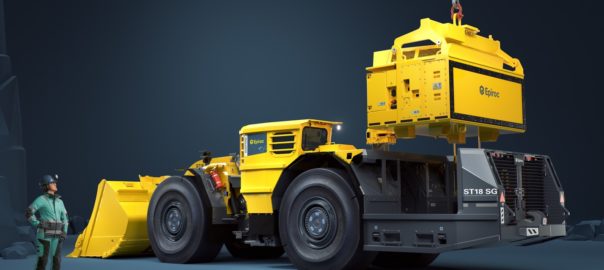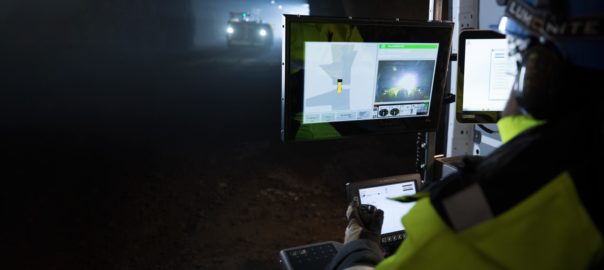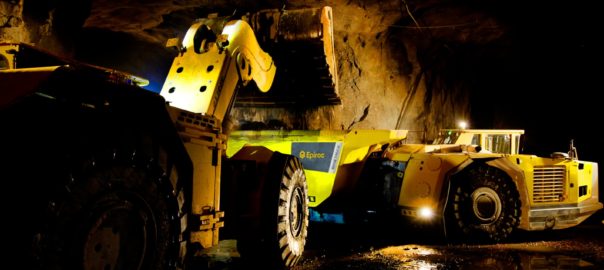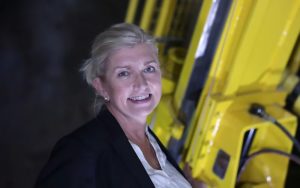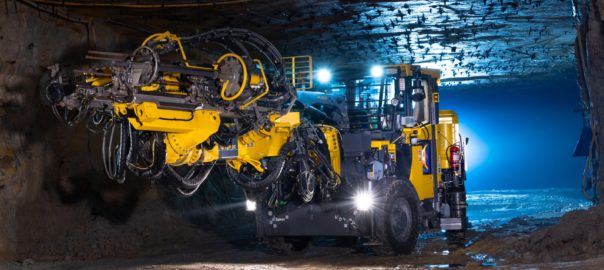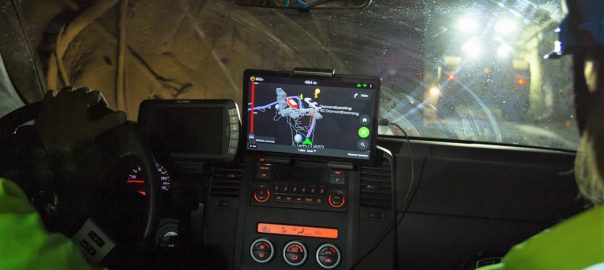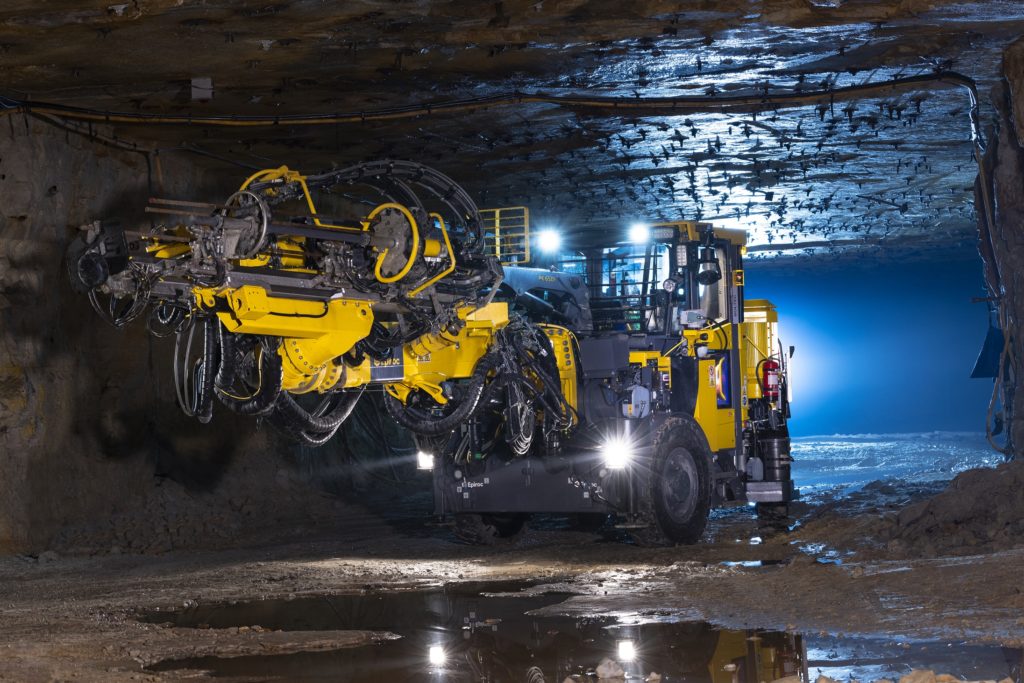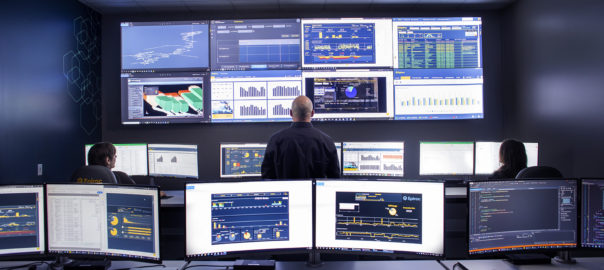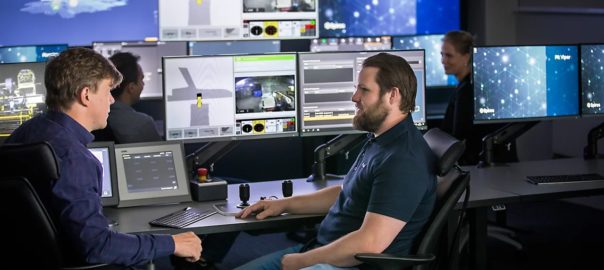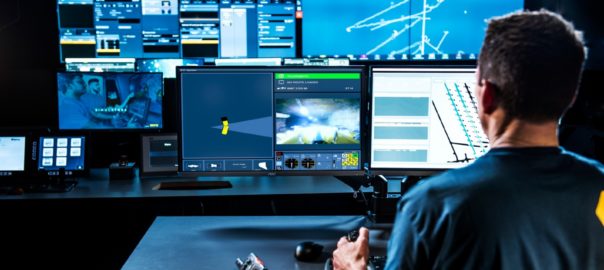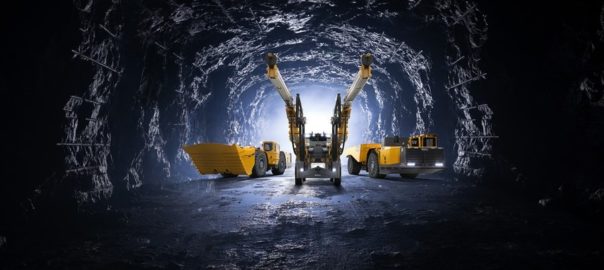Epiroc says it has advanced even further on safety, sustainability and productivity goals with the launch of the battery-electric, automation-ready Scooptram ST18 SG.
This 18-t loader is the most powerful loader yet in Epiroc’s growing fleet of battery-electric vehicles.
“By featuring market-leading battery autonomy and a complete battery safety system, Epiroc’s customers can now go the extra mile when it comes to safety, sustainability and productivity in the 18-t loader segment,” the company said.
According to Erik Gert, Global Product Manager – Scooptram at Epiroc’s Underground division, the interest from customers for this new machine has been extensive, with several loader orders already booked.
The very first of these machines will be delivered to Boliden’s developing Rävliden mine in Sweden. This is part of a wider order – confirmed in June – which included battery-electric versions of the Boomer face drilling rig and Boltec rock bolting rig to go to the Rävliden, Kristineberg and Renström mine sites in northern Sweden.
“Scooptram ST18 SG is a great fit for their high ambitions regarding sustainability and automation,” Gert said.
Scooptram ST18 SG is the answer to the rising demand for large segment loaders in underground operations as well as the need to reduce greenhouse gases from the mining industry, according to Epiroc. The loader features up to 50% higher installed battery capacity compared with other OEMs, resulting in longer autonomy with fewer stops for charging or battery swapping. The high energy-density battery also comes with both active and passive safety systems.
Gert added: “Compared to using a fossil-fuelled loader with similar capacity, the Scooptram ST18 SG eliminates 365 t of CO2 emissions annually. It also reduced heat, noise, and the need for ventilation – which is crucial as mines become increasingly deeper.”
The Scooptram ST18 SG uses Epiroc’s second-generation battery-electric drivetrain, which, it says, has been proven in field by the Scooptram ST14 SG. This drivetrain, the company says, provides outstanding acceleration, manoeuvrability and responsiveness for the operator.
Sarah Hoffman, VP Sales & Marketing at Epiroc’s Underground division, said: “With the Scooptram ST18 SG, we’re bringing our leading zero-emission technology to large-size underground mines. This is an important step in our ambition to drive the industry forward – to a more sustainable, productive and safer future.”
The Scooptram ST18 SG is part of the Smart and Green series (SG), combining battery-electric driveline with Epiroc’s Rig Control System (RCS). It is prepared for 6th Sense functionality such as automation and remote control.







